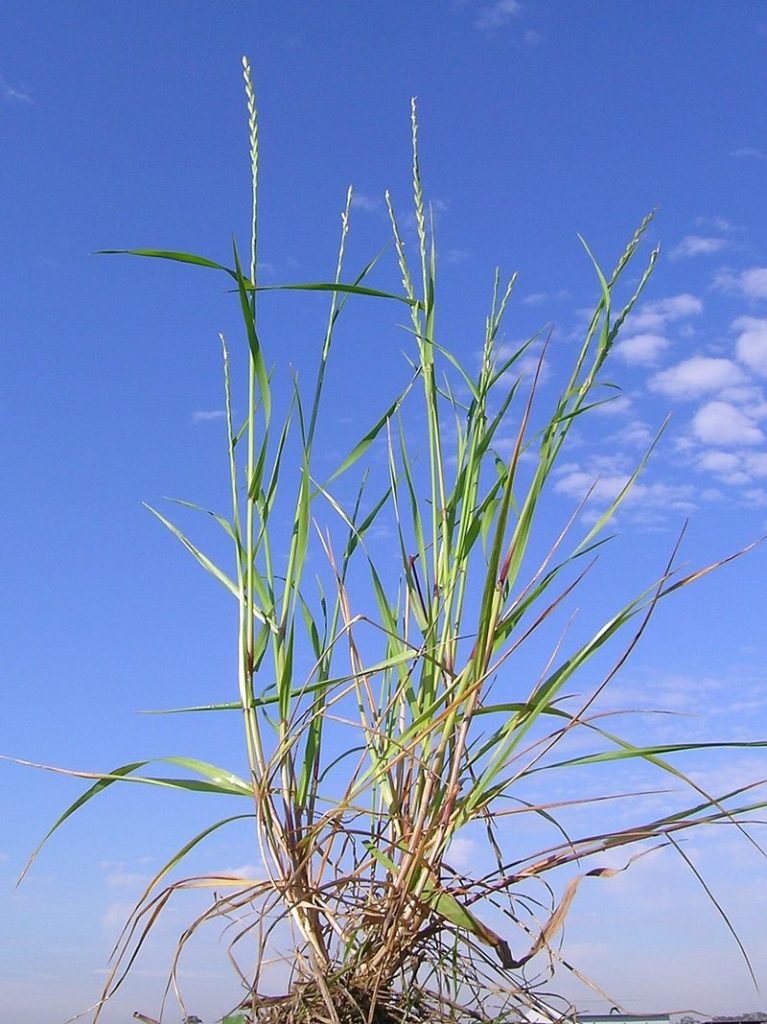Lolium rigidum Gaud.

Annual ryegrass (Lolium rigidum Gaud.) was introduced to Australia as a pasture crop in the early 20th century. It is native to Central Turkey and shows great adaptation to drought. Unfortunately, the generalisation of minimum tillage and continuous cropping has turned annual ryegrass into the single most noxious weed in grain cropping systems. This grass species has became such a problematic weed owing to its exceptional ability to develop herbicide resistance, holding the record of the highest number of resistance evolved against the greatest number of herbicides.
The emergence of resistance is quintessentially a genetic response and is hence best understood at the genetic level. Accessing the genome of L. rigidum is a keystone to develop a molecular understanding of herbicide resistance evolution as well as other key traits involved in weediness.
The Adaptive Evolution lab at the University of Melbourne has surveyed annual ryegrass population on farm over the years across SE Australia and has identified a highly resistant ryegrass strain that was established as the reference genotype for this species. The Applied Genomics team at CSIRO team used a combination of Oxford Nanopore long-read and Illumina short-read sequencing to generate a scaffold-level draft genome that was taken to the chromosome level using Hi-C. Comparative genomics analysis performed by the Adaptive Evolution lab further showed that the ryegrass genome shows a striking expansion of gene families, particularly those involve in herbicide resistance.
Website: https://adaptive-evolution.biosciences.unimelb.edu.au/projects/ryegrass.html
Publication: Paril J, Pandey G, Barnett EM, Rane RV, Court L, Walsh T and Fournier-Level A (2022) Rounding up the annual ryegrass genome: High-quality reference genome of Lolium rigidum. Front. Genet. 13:1012694.
